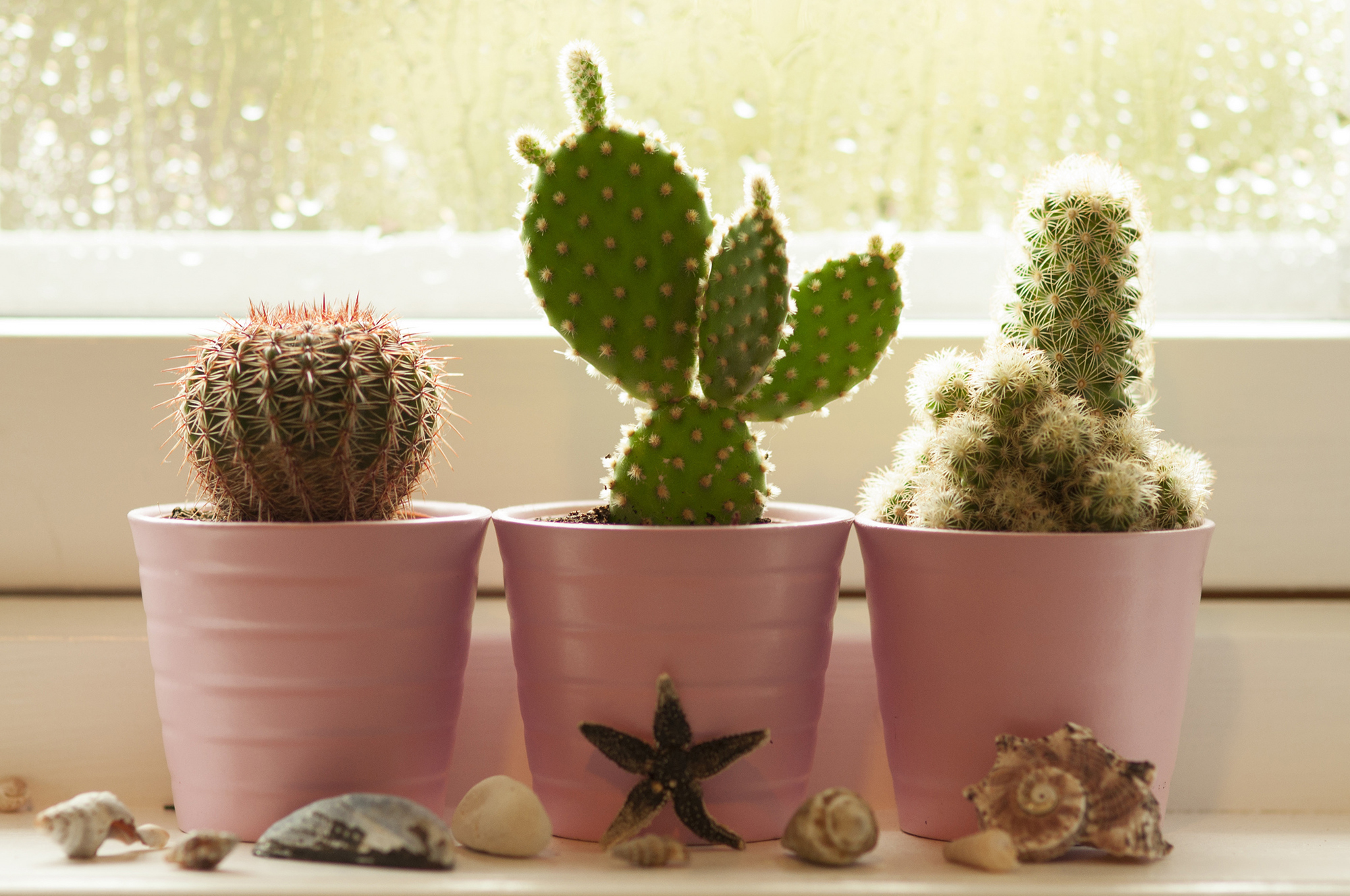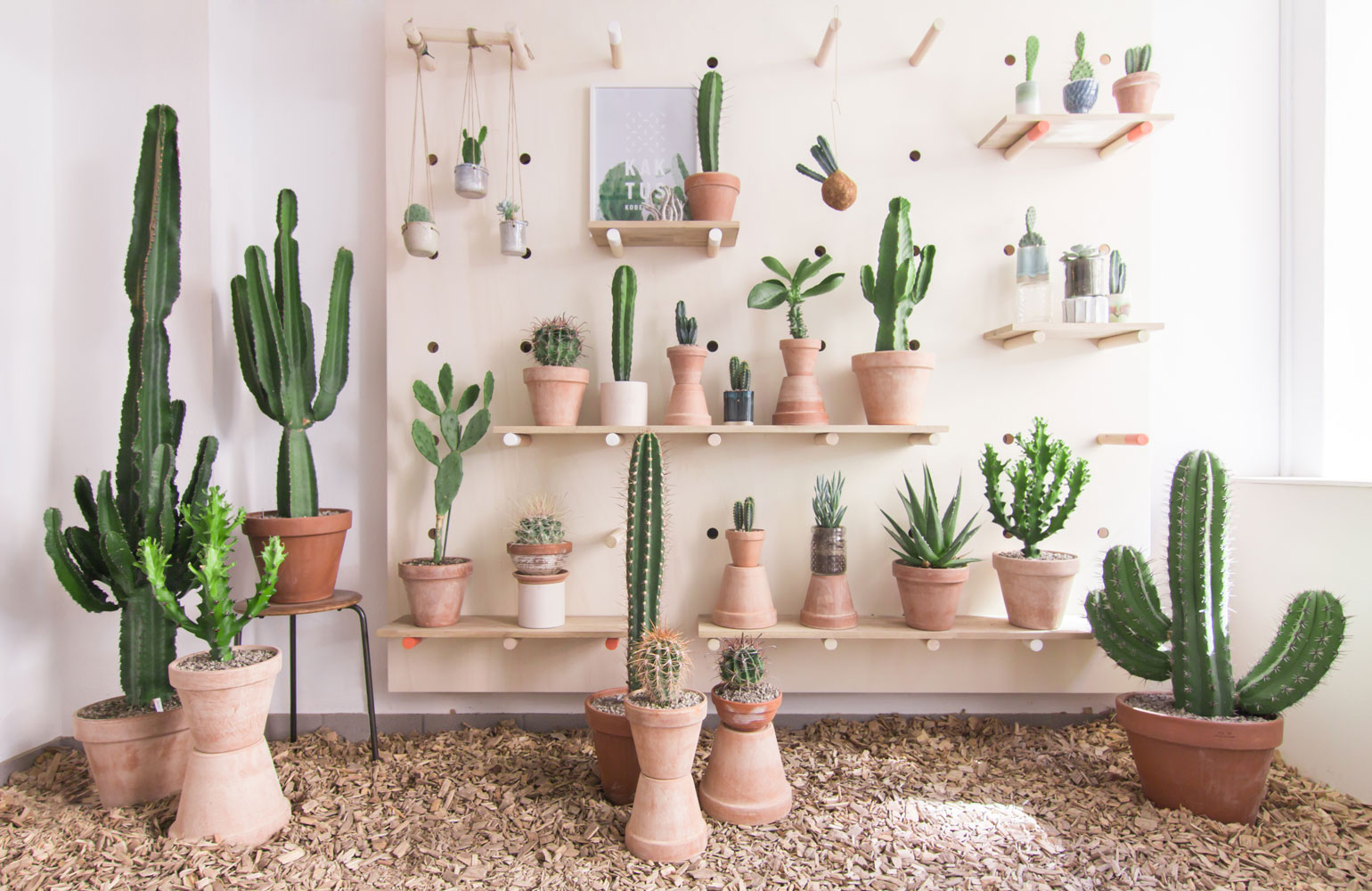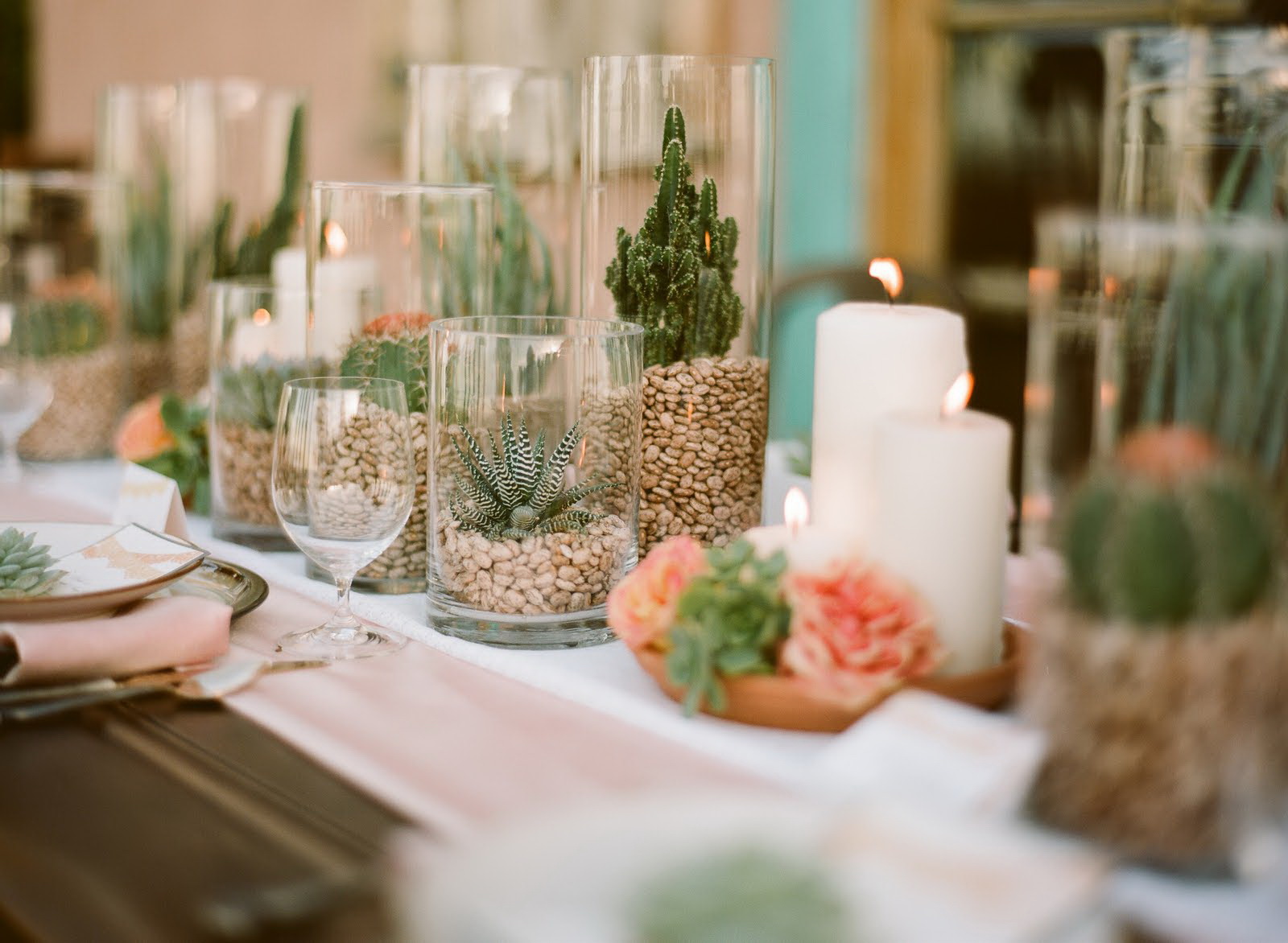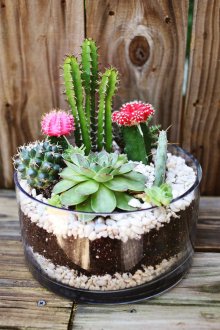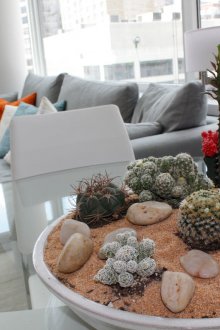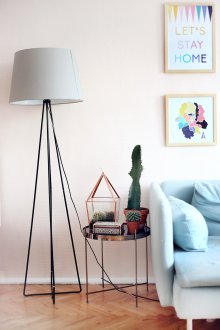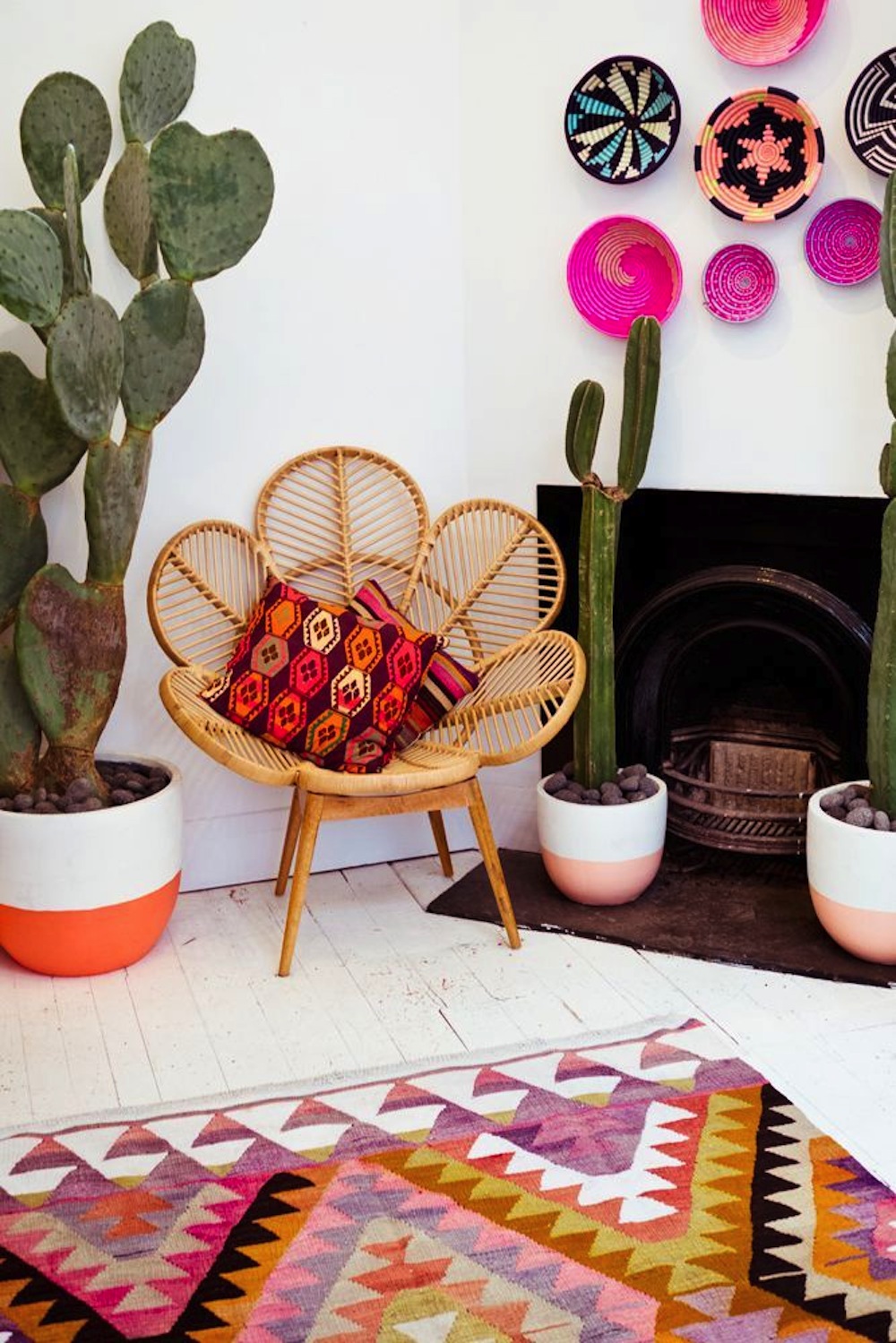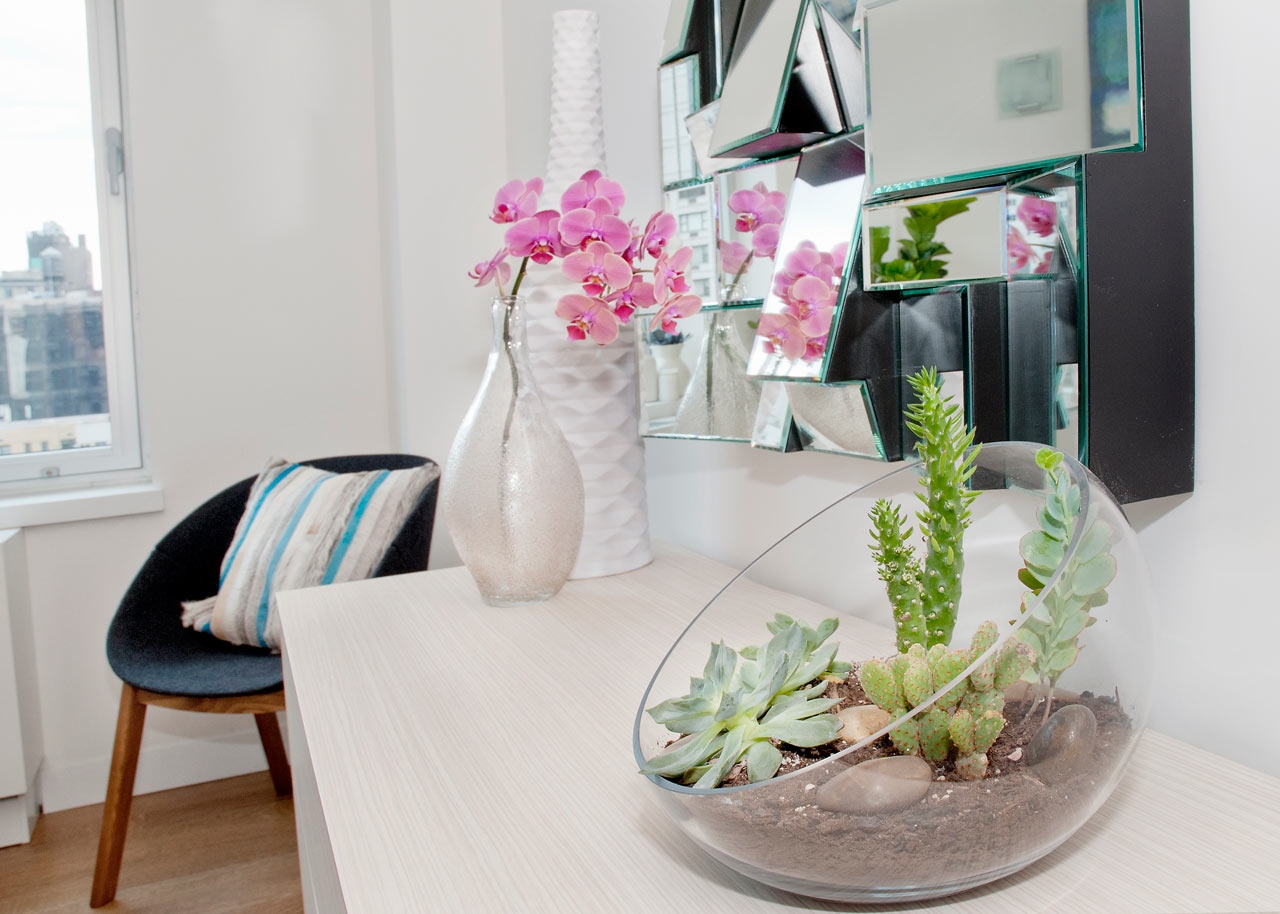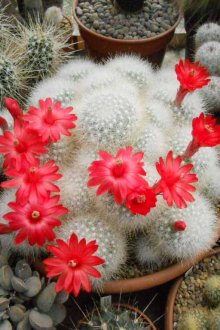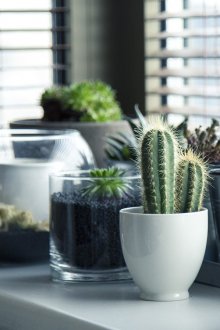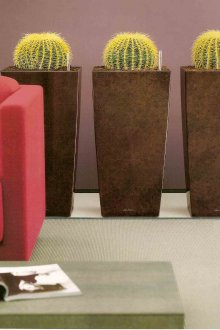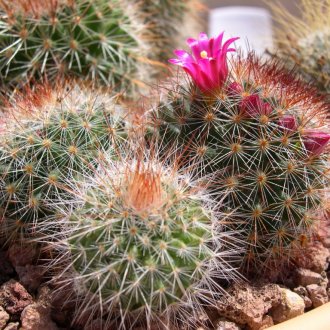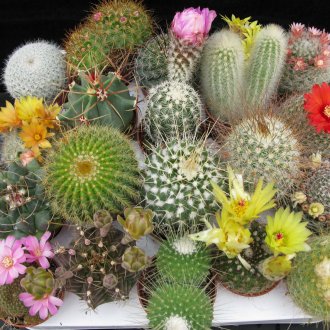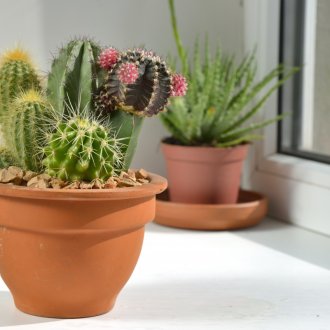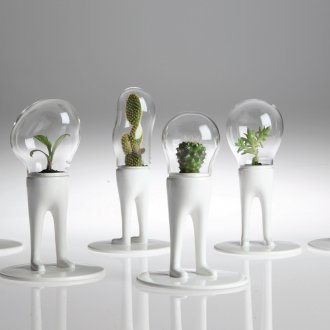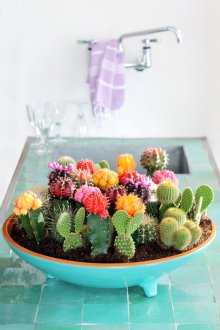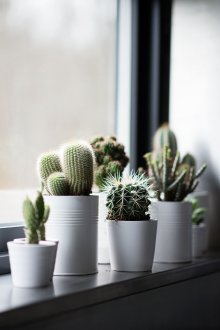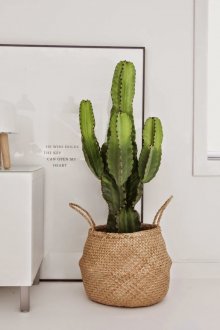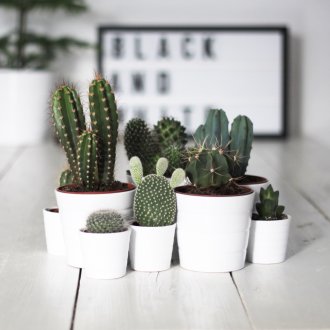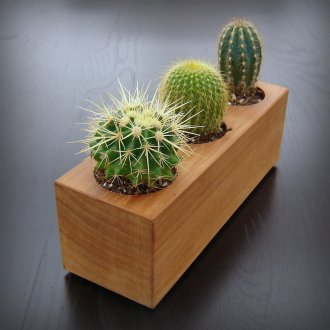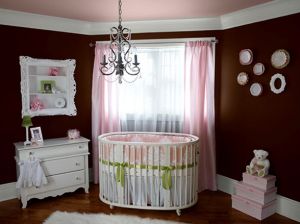Homemade cactus in the interior (20 photos)
Content
A home cactus is able to satisfy a person’s eternal craving for land and communicating with living plants. Even in a city apartment, a small collection can be placed on a small windowsill, which includes the most common varieties of these small, unpretentious and beautifully flowering plants.
Cacti in the interior of the room
Cacti look very peculiar and unusual in the interior of an apartment, apartment building or office. Recently, a whole direction has appeared in the design of premises, providing for the design of residential and office rooms with cacti. These amazing plants invariably delight the eye with their decorative look and unexpectedly bright and abundant flowering. Red, white, yellow and orange flowers are able to revive and decorate a strict interior with colorful strokes, as well as dispel the accumulated negative energy.
The variety of cactus species allows you to harmoniously place plants in the premises of any interior solution. Simple and exotic, ordinary and ampelous, prickly and not spiky, of various shapes, colors and sizes, cactus plants fit perfectly into the Baroque, Empire, country and even high-tech style. To create unusual compositions, you can use natural stones, driftwood and sinks, which emphasize the idea of the designer decorating the room in the most eco-friendly style.
If there is free space and proper lighting in the office premises, you can place large and large varieties of cacti, as well as beautifully group small flowering species of cactus plants on stony hills.
In an apartment building, solitary compositions of slowly growing cactus species in original flowerpots and flowerpots are more suitable. Flowering plants can be kept in a miniature room greenhouse or in a specially equipped additional illuminated greenhouse.
Cactus plants are very decorative in the apartment. The simplicity of maintenance and the multiplicity of species of cacti allows you to place potted flowers not only on any windowsill, but also in hanging planters, as well as equip open balconies and loggias with multistory flower stands and fancy ceramic pots.
Cacti - the specifics of home care
Cacti belong to the group of succulent plants - they are extremely drought tolerant, as they are able to store and store water for a long time in their juicy and fleshy stems. The birthplace of cacti is America. Here plants grow in natural conditions, capturing an area with completely different soil and climatic zones. Most cacti grow in arid areas, but some species can be found on the coasts, grassy plains, tropical forests, and even in highlands. For beginner cactus growers, all cactus plants can be grouped according to a variety of growing conditions. Such a group will facilitate the care of cacti in an apartment, allowing you to properly place plants at home:
- The first group is desert cacti. Desert plants require bright sunlight and sparse watering. Maintenance in the summer - always in the fresh air (in the garden, on the open balcony), in winter it is cold - at an air temperature of at least +6 degrees.Standard soil for cacti and succulents can be mixed with ordinary garden soil.
- The second group is the cacti of the highlands. A mountain plant also prefers bright lighting, but unlike a desert cactus, watering is extremely rare. Mountain cactus in summer is kept on open balconies, and in winter - on cold glazed loggias. The soil for this group of cacti should not include humus, and drainage must be used not only lower, but also upper.
- The third group - cacti from grassy plains. Plain plants grow well in fairly heavy soil in moderate light. In summer, cacti require generous watering, in winter - rare.
- The fourth group - cacti from tropical rainforests. Tropical forest plants need shading from direct sunlight, light nutrient soil, plentiful watering in summer and regular moderate watering in winter. In the warmer months, it is desirable to keep plants shaded in the fresh air.
- The fifth group is cacti of dry forests. This group of cacti belongs to shade-tolerant plants. They grow well in shading, need abundant summer watering and dry winter maintenance.
In accordance with this unscientific, but very convenient grouping of cactus plants, even a novice will find it easy to choose the most optimal conditions in the apartment for the growth and subsequent flowering of various types of cacti. The scientific classification of all available varieties of cacti includes the division of plants into the following subfamilies:
- Subfamily of the Peireskys (Peireskioideae K. Sch.). These cacti have fully developed leaves and are grown mainly as greenhouse-soil crops. In ordinary apartments, they grow very slowly and rarely form flowers.
- The subfamily of opuntia (Opuntioideae K. Sch.). These cacti along with thorns have rudimentary leaves, have a very decorative appearance and are widely used for landscaping halls, foyers, office premises both in single plantings and in group compositions with other succulent plants.
- Subfamily of Cereus (Cereoideae K. Sch.). These cacti are completely lacking leaves, and the stems have an incredibly diverse shape (svezhevidnaya, snake-like, spherical, cylindrical, tuberous, ribbed, etc.) and sizes (from miniature and dwarf species to real giants).
The most popular types of home cacti
The names of the easiest to care for, easily blooming and not very whimsical house cacti, having a different appearance and flowers of various colors:
- Truncated Schlumbergera, Buckley Schlumbergera, ripsalidopsis - flowering tropical forest cacti requiring abundant watering and moist maintenance. Schlumbergera (zygocactus) opens its luxurious flowers in December - for Christmas, so it got the popular names “Decembrist”, “Christmas tree” or “Christmas cactus”. The national name of ripsalidopsis is “Easter cactus”, as the flowers on it appear for Easter holidays. Abundant flowering requires a dormant period of 1.5-2 months with sparse watering and cool contents. Flowers of forest cacti of various colors - from red, pink, white and pale peach to two-tone in hybrid plants.
- Gymnocalycium is a flowering cactus that includes up to 200 species of different appearance and color. One of the features of the hymnocalicium is the early flowering (3-4 years of life), which explains its popularity among lovers of domestic cacti.
- Lobivia is a flowering mountain cactus, most suitable for indoor breeding. This medium-sized cactus species includes up to 100 varieties that bloom in the summer with golden yellow or bright red flowers. The shape of the plants is diverse - spherical, elongated, cylindrical or ribbed shoots can grow both singly and greatly expand in breadth.
- Mammillaria are beautifully flowering, compact, decorative and very picturesque plants. Small yellow, white, red or pink flowers with abundant flowering in the spring almost cover the stem of the plant. Cactus is very unpretentious and easily propagated by numerous children.
